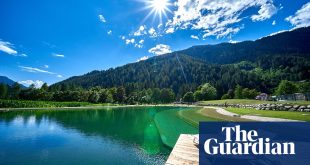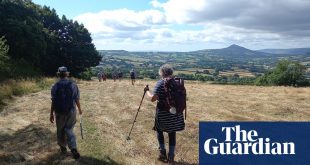Malham meanderings/Lister ArmsChris MossNov 11, 2021Start Lister Arms, Malham, North Yorkshire
Distance 7.6 miles
Time 4 hours
Total ascent 617 metres
Difficulty Easy
Allow Google content?
This article includes content provided by Google. We ask for your permission before anything is loaded, as they may be using cookies and other technologies. To view this content, click ‘Allow and continue’.
Google map of the route
There are two tales about how the Lister Arms got its name. According to the respectable account, the inn commemorates one Thomas Lister, landowner and local grandee who was MP for Clitheroe from 1713-45. The prominent Lister family owned the manor of Gisburn, 12 miles to the south and had interests across Yorkshire and Lancashire.
The more colourful story – as told by Tim, the pub’s convivial waiter, whose mum has lived in Malham for 27 years – has it that the Listers were “three brothers from Bradford, or somewhere down in the West Riding, who bought the property to keep their mistresses in”. When a wife or wives found out – some time in the 18th century – there was a great to-do and the place was sold and became a coaching inn.
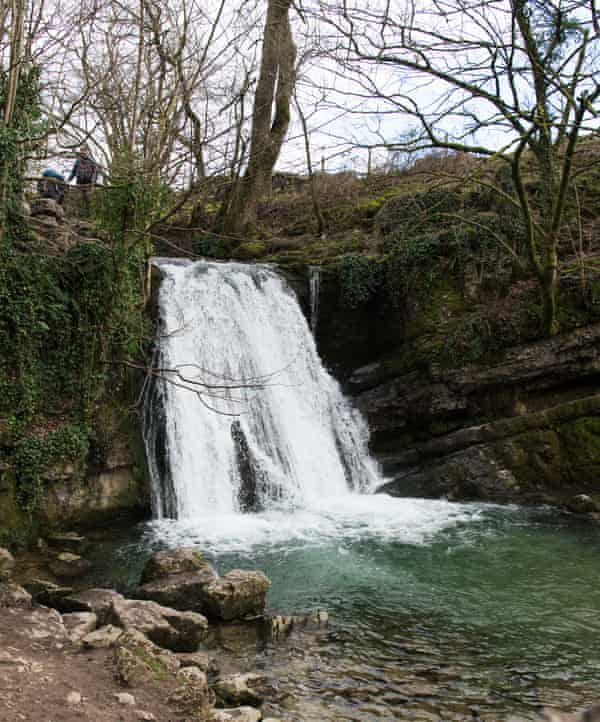
My bet is these are the same story as told with or without drink, or perhaps the cads of the second version were earlier Listers. With a tiny bit of research I learned that Thomas Lister was a fighter, hunter and sailor. He carefully surveyed the Malham estate and then – less carefully – used it for mining calamine (an ore of zinc), fishing, farming and shooting. This explains the antlers that adorn the pub interior. It also explains why the area is awash with quarries, lime kilns, sheep, stone walls and pheasants.
My suggested walk is more a meander or mooch, as a purely linear walk will finish at a spot where you will struggle to find even a weekly bus, and a circular walk can be tricky – as will soon become obvious.
Head out of Malham, leaving the pub car park and crossing the old bridge. A little way along is Yorkshire Dales national park centre, which was helpfully closed all day when I visited on a sunny Thursday in autumn. Opposite is a gravel (later flagstone) path on the far bank of a stream; it’s actually the Pennine Way but don’t go telling everyone you’ve “done the Way” as you’ll be leaving it in about 200 metres.
Follow the turquoise signs for Janet’s Foss, which will plunge you into a sylvan wonder. It really is the prettiest of woods, run by the National Trust to protect ash, birch and hazel trees, wood sorrel and ferns. A lovely touch is the Bee Library: wooden book-shaped hives for solitary bees. Note the outcrops of limestone that push up against the tree roots here – it’s the first hint of what’s to come. When I visited, the beck was flowing fast and as clear as I’ve ever seen a stream
Soon the beck rises towards steps and, eventually, a waterfall, which was cascading loudly following recent heavy rain. The waterfall is called Janet’s Foss (named after a fairy queen said to live in a cave here and the Old Norse word for “force” or “waterfall”). I was alone here for a spell, which I think is quite rare. Soon I was joined by a couple of other walkers – who gasped at the beauty of the place as shafts of sunlight illuminated the spray – and by two women who had come to swim in the bracing pool.
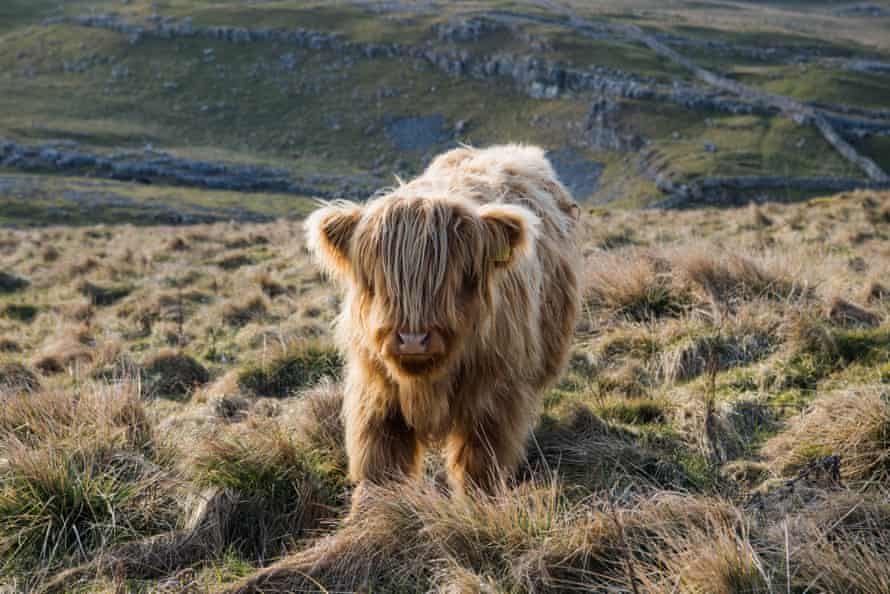
A little way past the waterfall is a road, then, to the left, a path leading to Gordale Scar; it’s very well sign-posted, with the track continuing on the right side of the same beck. The grass is heavily grazed here and, being flat, looks like a lawn. In front is a great wall of rock and a narrow cleft. This is the scar or gorge, formed by ice and torrents of glacial meltwater over several ice ages. It’s possible to scramble up the rocks and, indeed, there were a couple of not particularly steady-looking folk hopping hither and thither when I visited. But the water was thundering down and the flow put me off, so a circular walk was a non-starter.
We tend to think of limestone as white and smooth, but the water here freights material from the moorland soils and deposits calcium which, mixed with algae and microbes, leaves behind a spongy, golden brown rock called tufa. Some rocks look like gnarled old trees, others like massive golden nuggets.
I was awestruck by Gordale Scar: it’s as impressive a ravine as any I’ve seen in countries where landscapes are much grander.
Retracing my steps to the road, I took a path marked Malham Cove. After a short and easy climb to another signpost, I opted for the northbound footpath to Malham Tarn. This upland lake, left behind by a melted glacier, emanates the sort of serenity only a large body of water can – helped here by the wide-open moorland. Under a clear sky it was dark blue. There were good views south, to pointy Sharp Haw and all the way to Pendle Hill.
A short backtrack downhill and I was soon close to the gate into Malham Cove – a magnificent sheer limestone cliff and amphitheatre-cum-shelf. The sight of 20 or so walkers moving around the top, not to mention school parties eating packed lunches, briefly detracted from the wonder of the place. But once I got close and on to the lumpy limestone I forgot all about the other people (of necessity, as a misstep could lead to lodging a foot inside a deep chasm). A staircase and paved path lead back to Malham from here, affording lots of other angles on the site – enlivened by views of jackdaws riding the air currents with astonishing manoeuvrability.
The Foss, Tarn and Cove are three superb spots; any walk between these will be memorable, and you can’t really get lost (though if it’s misty you should take OS Explorer map OL2). If the area has one flaw, it’s the sheep farming. More upland trees and fewer woolly grazers would enhance the Unesco-worthy site’s raw beauty. I blame Lister or the Listers.
The pub
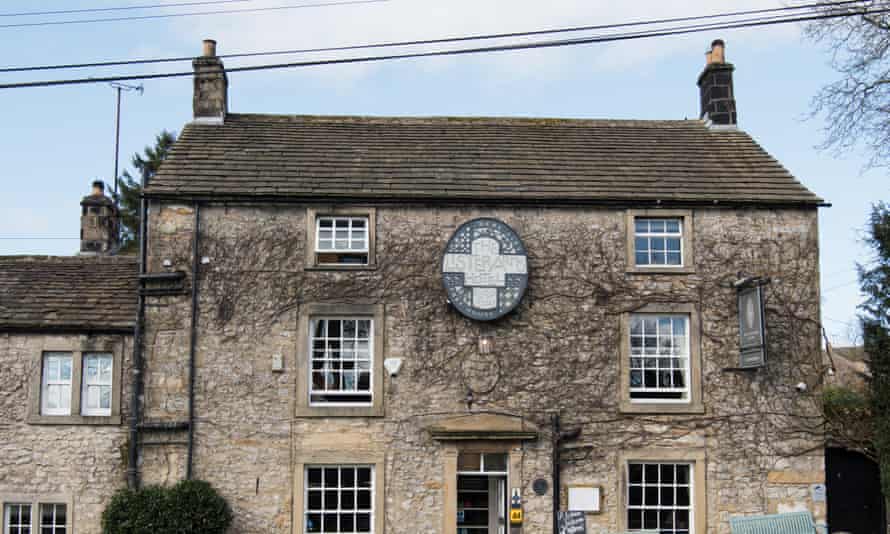
Ribble Valley brewery Thwaites has many lovely pubs in the north of England. The Lister Arms, with its stone floors and fireplaces, old photos of dray horses, and handsome woodburner, is one of the nicest.
Waiter Tim told me they serve 12,000 steak-and-ale pies a year, so I had to have one, with chips, mushy peas and gravy. It is a perfect winter lunch, as a ploughman’s would be in summer. The pie, with a crust to swoon over, arrived as Frank Sinatra’s Strangers in the Night played over the sound system and, for a moment, it felt like a honeymoon.
Thwaites’ Gold, Original (bitter) and IPA were all available but not, sadly, the mild (though the barman said they sell shedloads when it’s on). Other tasty options were a Hetton pale ale and Settle ale. I could also have had a Yorkshire cream tea. Bike parking and locks are available.
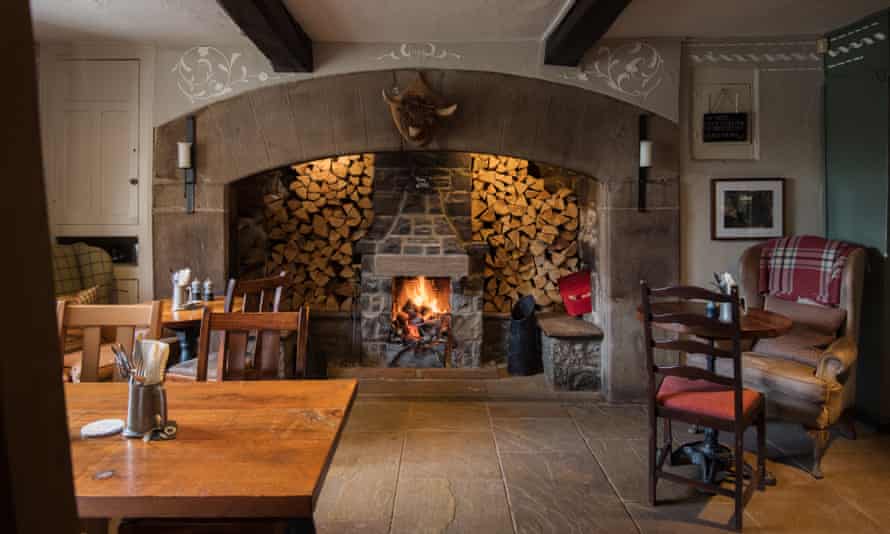
The rooms
Rooms in the inn, the adjoining cottage or the converted barn (a mere beck’s crossing away) have soft beds, tartan throws, beamed or sloping ceilings and a full Yorkshire breakfast (or smashed aubergine and avocado, because hipsters do walking holidays too). All also come with fresh milk, good biscuits and a telly. Groups can book the whole barn (phone for details), with eight bedrooms and a boot room, a woodburner and its own garden.
Doubles from £140 B&B, dogs £15 extra, listerarms.co.uk
 Top Naija News: Nigerian News, Breaking News Nigeria and World News Top Naija News is a daily news publication in Nigeria, delivering the latest breaking news in Nigeria and around the world.
Top Naija News: Nigerian News, Breaking News Nigeria and World News Top Naija News is a daily news publication in Nigeria, delivering the latest breaking news in Nigeria and around the world.
